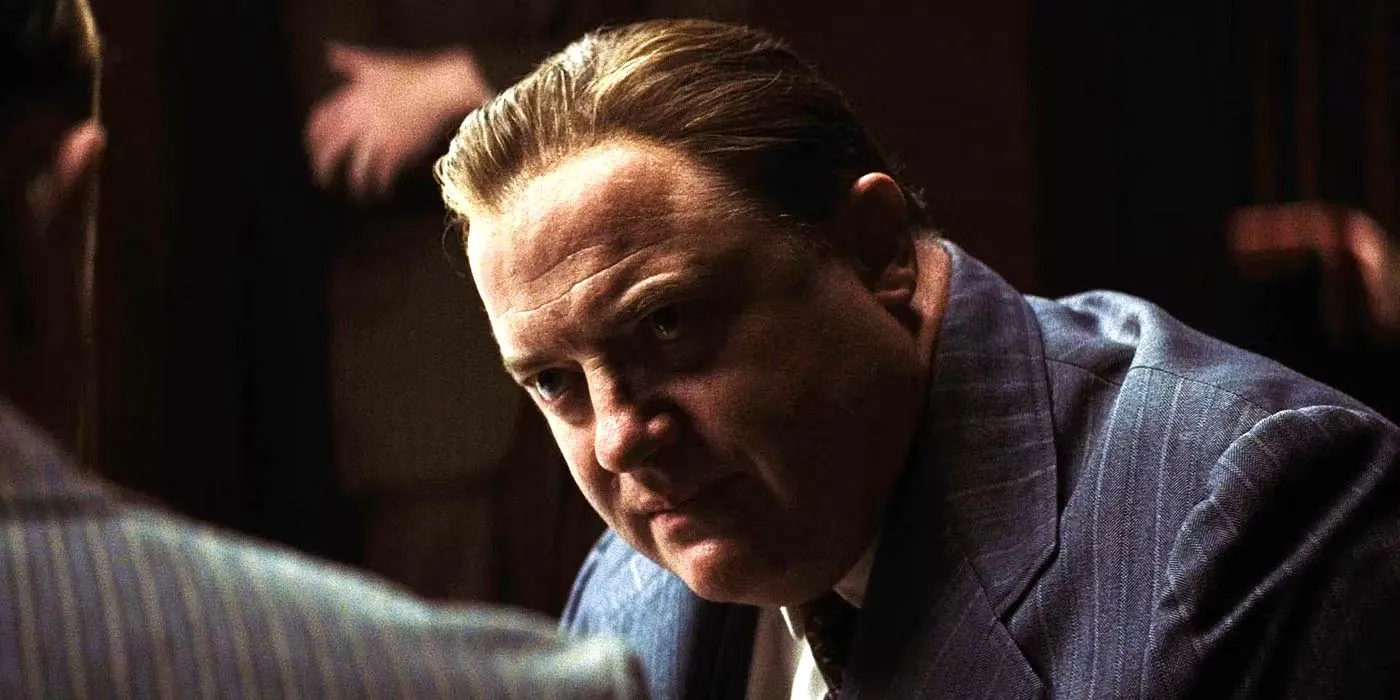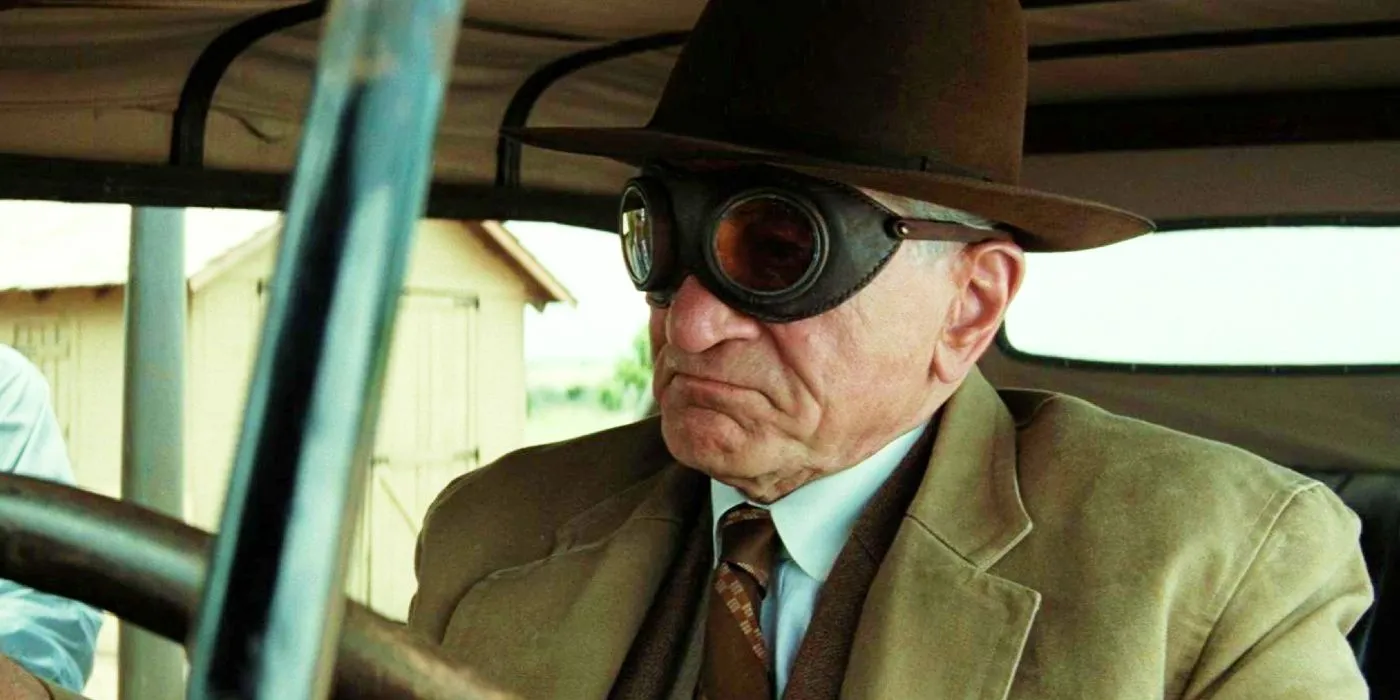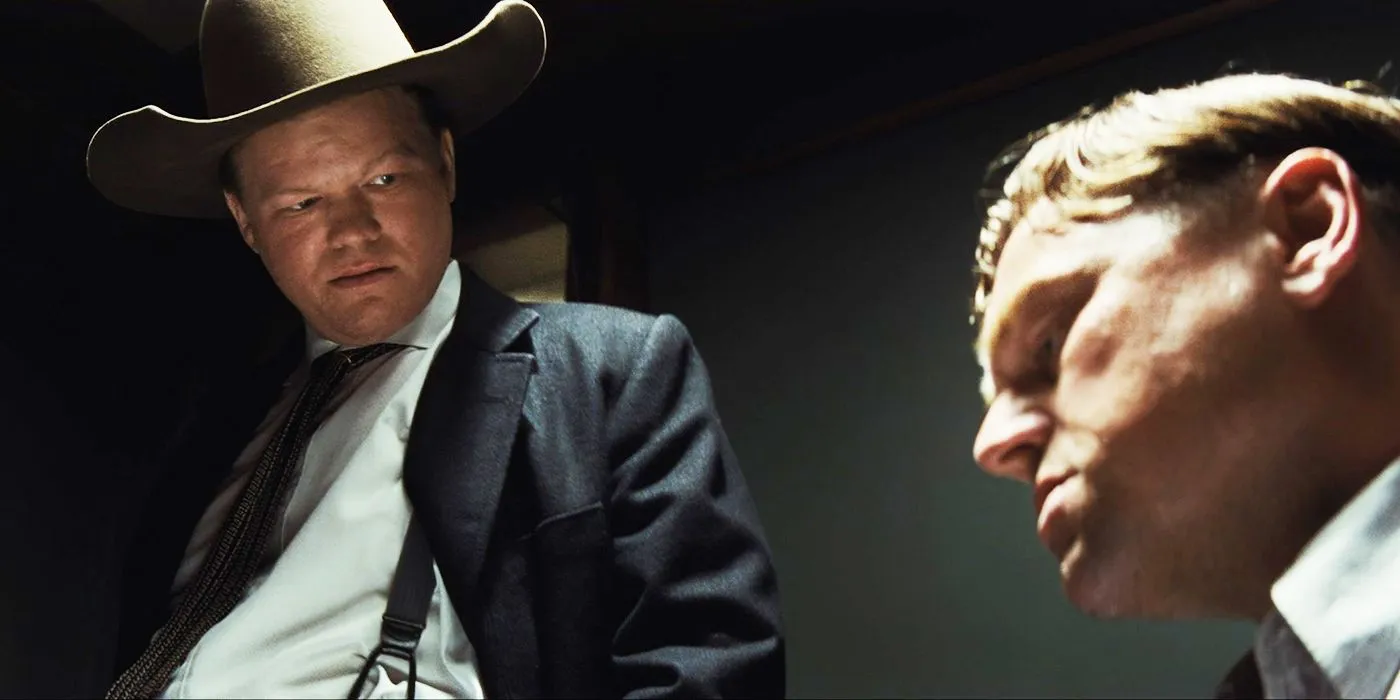
Killers of the Flower Moon, directed by Martin Scorsese, unfolds a gripping narrative based on real events that shook the Osage Nation in 1920s Oklahoma. The film adapts the non-fiction work by David Grann, delving into the Osage Indian Murders—an unsettling chapter in American history marked by greed and violence when oil was discovered beneath Osage land. Scorsese’s commitment to authenticity is commendable as he collaborated with the Osage Nation to ensure that the portrayal of their history was both respectful and accurate.
The film features a stellar cast, with Leonardo DiCaprio portraying Ernest Burkhart, a World War I veteran wed to Osage woman Mollie (played by Lily Gladstone). The plot thickens when Burkhart’s uncle, William King Hale (Robert De Niro), covets the oil fortune, leading to a series of tragic deaths among the Osage people. Jesse Plemons takes on the role of Thomas Bruce White Sr., a Bureau of Investigation agent who arrives to unravel the mystery behind the murders. Yet, the question lingers: how much of this cinematic tale mirrors reality?
Inspiration Behind Killers of the Flower Moon
David Grann’s Groundbreaking Research

The driving force behind Killers of the Flower Moon is rooted in the actual Osage Indian Murders. The film is largely adapted from David Grann’s 2017 true-crime novel, which meticulously details the harrowing events surrounding the murders of affluent Osage individuals in Osage County, Oklahoma, following the discovery of oil on their lands. Instead of the anticipated prosperity, this newfound wealth brought unimaginable violence.
Grann’s book, titled Killers of the Flower Moon: The Osage Murders and the Birth of the FBI, reveals the chilling manipulations of white settlers who plotted to eliminate Osage heirs to seize both land and wealth. The investigation uncovered at least 20 confirmed murders attributed to this insidious scheme, though Grann theorized that the true number may reach into the hundreds (source: The Denver Post).
The Truth Behind the Osage Murders
White Settlers’ Greed and Violence

The history of the Osage tribe is marked by upheaval, having been forcibly displaced multiple times to accommodate settler expansion. In a remarkable turn, the Osage utilized their resources to acquire 1.5 million acres of land, which included crucial mineral rights. Upon discovering oil on their property, the Osage found themselves targeted by outsiders desiring a piece of their newfound fortune.
In response to the influx of wealth, many white men attempted to marry Osage women, subsequently provoking government intervention that assigned white guardians to the Osage, based on prejudiced beliefs about their capacity to manage their affairs. As death tolls among the Osage rose, local law enforcement failed to adequately investigate due to corruption and incompetence.
This failure prompted the federal government to deploy the Bureau of Investigation, spurred on by J. Edgar Hoover’s desire to establish a reputation for the then-nascent agency. This led to the identification of William K. Hale as the orchestrator of these heinous crimes (source: Oklahoma History).
Timeline of Events in Killers of the Flower Moon
Key Events of the 1920s

By 1923, the Osage tribe had generated over $30 million from oil royalties, all held in a trust by the U.S. government. However, the desire for this wealth led William K. Hale to advise his nephew, Ernest Burkhart, to marry Mollie Kyle, a full-blooded Osage woman, believing this union would grant him access to the oil benefits.
The onset of murders began with Lizzie Q. Kyle, Mollie’s mother, whose suspicious death by poison left her land rights to her two daughters. Tragedy continued with the shooting of her daughter Anna and the murder of Lizzie’s nephew, Henry Roan, who was a beneficiary of a life insurance policy held by Hale. The violence escalated to the fatal bombing of Lizzie’s family home, resulting in multiple deaths. Burkhart and Mollie ultimately inherited the estate.
The increasing death toll prompted the Osage Tribal Council to request federal intervention, leading Hoover to dispatch the FBI and collaborate with the Texas Rangers. A plot to murder Mollie was foiled just as investigators closed in. By 1926, Hale, Burkhart, and accomplice John Ramsey were apprehended.
Outcomes of the FBI Investigation and Subsequent Trials
Life Sentences with Subsequent Paroles

The trials prosecuted Hale, his nephews, and an accomplice for the murders associated with Mollie Kyle’s family. Hale faced federal charges due to the nature of the crimes occurring on a reservation. Legal proceedings spanned numerous venue changes, hung juries, appeals, and consorted verdicts from 1926 to 1929. Ultimately, Burkhart pled guilty and turned against the others.
Notably, despite receiving life sentences, Hale and Ramsey were paroled in 1947. Hale passed away in 1962 while Burkhart, who had been paroled earlier in 1937, returned to prison on unrelated burglary charges but was pardoned in 1966 and passed away in 1986 (source: Oklahoma Historical Society).
Differences Between the Film and the Source Material
A Shift in Character Focus

In creating Killers of the Flower Moon, Martin Scorsese sought to honor the Osage people’s story while making critical adjustments to the narrative derived from Grann’s book. One significant modification involved amplifying Mollie’s character, allowing Lily Gladstone to shine in a role that elevates her status in contemporary Indigenous cinema.
“One has to remember that Ernest loved Mollie, and Mollie loved Ernest,” Scorsese explained (via Collider). “It’s a love story. And so, ultimately, what happened was that the script shifted that way. That’s when Leo decided to play Ernest instead of Tom White. By that point, we started reworking the script and instead of from the outside in, coming in and finding out whodunit, in reality, it’s who didn’t do it. It’s a story of complicity.”
Scorsese also set the tone of William Hale’s character, presenting him as overtly villainous from the outset, contrasting with the ambiguous tone of the book. Furthermore, the film reframes the narrative away from the FBI’s formation and legitimacy, focusing primarily on Mollie’s story, with the FBI’s role occupying a subsidiary position.




Leave a Reply